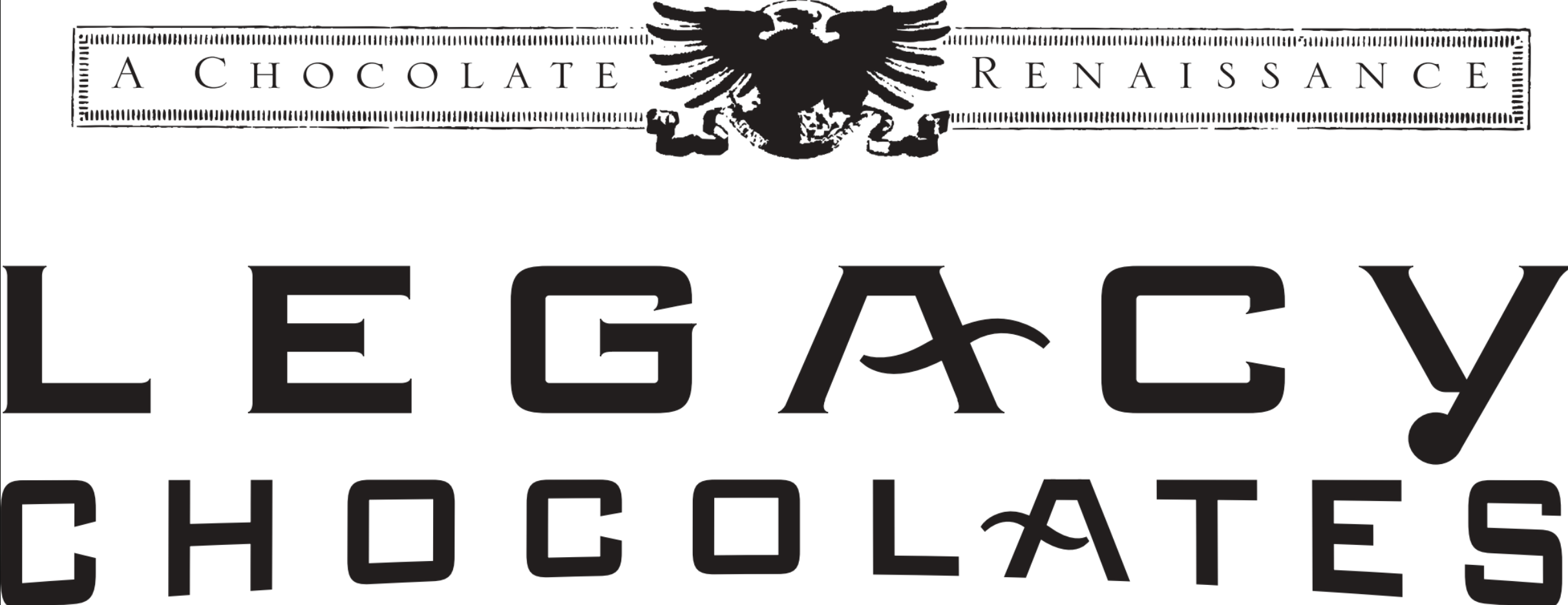Everyone loves a good chocolate truffle, but few people know just how and why they taste so darn good. The treat's couverture, or coating, plays a big role. Next time you bite into a chocolate truffle, you’ll appreciate the taste even more.
The word truffle has several meanings in the world of candy—like with the word praline, you have to clarify what is being discussed. That’s because in different countries, words mean different things, and America, the great melting pot, has polyglot references to many things.
A French invention, the original chocolate truffle was a ball of ganache, chocolate and cream, often flavored and rolled in cocoa as shown in the photo at the left. It was named after the precious black truffle fungus because of its physical resemblance. According to legend, the chocolate truffle was created in the kitchen of French culinary giant Auguste Escoffier during the 1920s. One day, as his stagiaire (apprentice) attempted to make pastry cream, he accidentally poured hot cream into a bowl of chocolate chunks rather than the bowl of sugared egg he should have aimed for. As the chocolate and cream mixture hardened, he found he could work the chocolate paste with his hands to form a bumpy, lopsided ball. After rolling the new creation in cocoa powder, he was struck by their resemblance to the luxurious truffles from the French Périgord region and the Piedmont area of Italy. As the concept developed, different truffle textures were created by rolling the center ganache in white confectioners sugar or finely chopped nuts, and the ganache was flavored with Champagne and liqueurs.
You don't have to travel to France to experience the delights of a great chocolate truffle. We have them in our shop in downtown St Paul, Minnesota. Our handmade chocolate truffles are out of this world, and we invite you to stop by to experience just how delicious our confections are. We look forward to seeing you!





